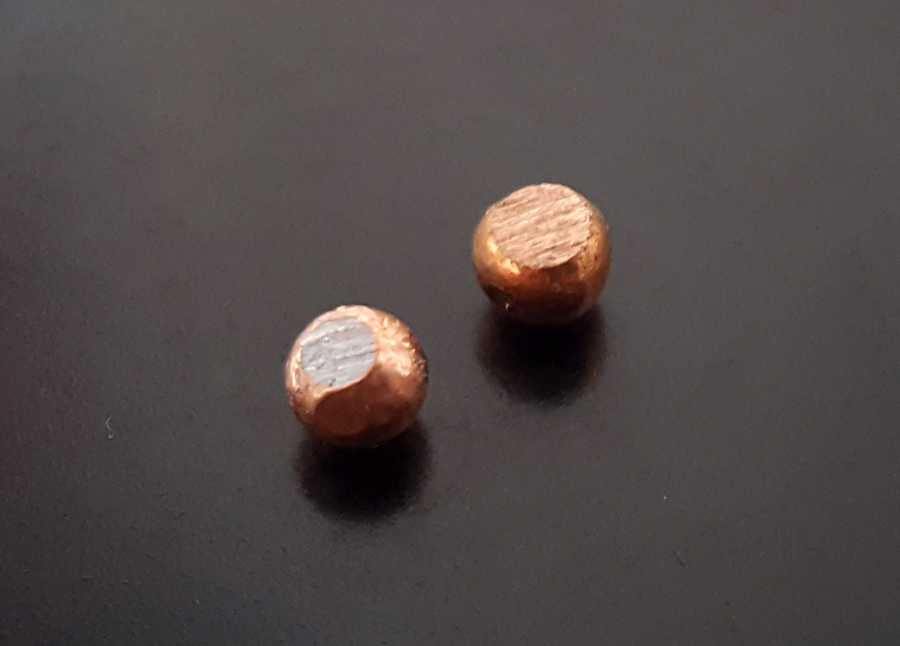Contamination of water bodies with metal ions from shotgun ammunition
Ammunition with risks and side effects

Due to its ballistic properties, lead shot up to now has been regarded as the optimal ammunition for hunting waterfowl. But it came to criticism because lead poisoning was observed in ducks and sea eagles which had ingested the shot as a result of bottom feeding respectively with their prey.
Ammunition manufacturers now offer a range of alternative hunting shot containing iron, copper, zinc, tungsten, or bismuth as primary declared component. A team of researchers at the TU Munich led by Prof. Axel Göttlein and Prof. Jürgen Geist, however, has come to the conclusion that a number of the alternatives are even more toxic to water organisms than conventional lead shot.
Surprising Results from Metals Measurements
As part of the study, shot made of each of the different materials were exposed to the identical conditions in water. These measurements demonstrated, that the quantity of metal ions released into the solution varies greatly. While shot made of tungsten, bismuth, and a coated lead shot released almost no metal ions into the solution, alarmingly high concentrations were measured for shot made of copper and zinc. The researchers found, that it was not always the declared main component of the shot which dominated ion release. Particularly striking was a sample of iron shot that released large quantities of zinc, which obviously came from a coating.
Rethinking Bans
In an immobilization test for the water flea Daphnia magna standardized according to DIN, their movement behaviour is used as an indicator for their vitality. As the study showed, even small quantities of copper and zinc consistently led to very high or complete immobilization of this model organism. In contrast, shot made of pure iron, bismuth, and tungsten did not impact the mobility of the water fleas. Nor did lead shot cause a significant impact on the mobility of the water fleas as compared to the control group.
The study concludes that, if lead shot should be banned for the reason of environmental protection, the current findings indicate that a prohibition on copper and zinc for manufacturing of shot should also be called for. Because widely different conditions concerning water quality in conjunction with the correspondingly adapted organisms occur in nature, additional studies are necessary in order to provide a sound basis for making decisions concerning alternatives to lead shot.
Publication:
Fäth J, Feiner M, Beggel S, Geist J, Göttlein A: Leaching behavior and ecotoxicological effects of different game shot materials in freshwater. Knowledge & Management of Aquatic Ecosystems. (419); 24, 2018. DOI: 10.1051/kmae/2018009
Contacts:
Technical University of Munich
Department of Forest Nutrition and Water Management
Prof. Dr. Axel Göttlein
Phone:+49 8161 71 - 4749
Mail: goettlein@forst.tu-muenchen.de
(Primary contact for hunting and analytical questions)
Technical University of Munich
Chair of Aquatic Systems Biology
Prof. Dr. Jürgen Geist
Phone: +49 8161 713767
Mail: geist@wzw.tum.de
(Primary contact for questions concerning water ecology)